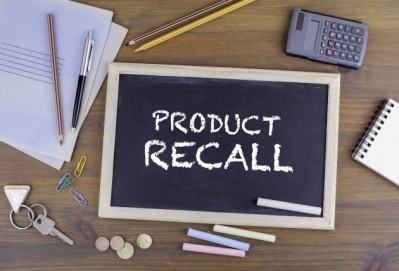Product code inspection system developed by Domino Printing Sciences

The R-Series works with date codes, batch numbers, barcodes, and 2D-printed codes and has been developed in partnership with Lake Image Systems.
It is designed to avoid manual code validation and inspection, in order to reduce the risk of an unnoticed incorrect code leaving a factory and to improve efficient use and distribution of resources.
Coding errors
“Coding errors pose a significant financial risk to manufacturers – and this goes much further than the risk of manufacturing waste and need to rework incorrect stock,” said Andy Barrett, portfolio and requirements director at Domino.
“If left to enter the supply chain, an incorrect code can necessitate a product recall, which is not only costly in terms of logistics but can also damage the long-term value of a company.
“With the R-Series, we can offer our customers a range of integrated vision systems that automate the checking of every code, so that unidentified coding errors become a thing of the past.”
R-Series systems have been developed to work alongside Domino printers and integrate into existing production lines without the need for custom brackets or specialist add-ons.
System controllers can be run from a single human-machine interface and have a standard user interface.
Optimised for Domino
The systems are optimised for Domino fonts, print characteristics and inks and match the speed of Domino’s fastest printers.
The R-Series is available as three separate products. They are: the R550, which incorporates code validation and verification for both human- and machine-readable code; the R350 that checks the readability of machine-readable codes; and the R150, a cost-efficient introductory option, which offers simplified checking for code presence and placement.
Domino global sector development director Craig Stobie added: “By partnering with Domino to validate their coding and marking systems, our customers can protect their operations from coding errors, reduce the risk of manufacturing waste, and increase overall equipment effectiveness and product yields.”

















